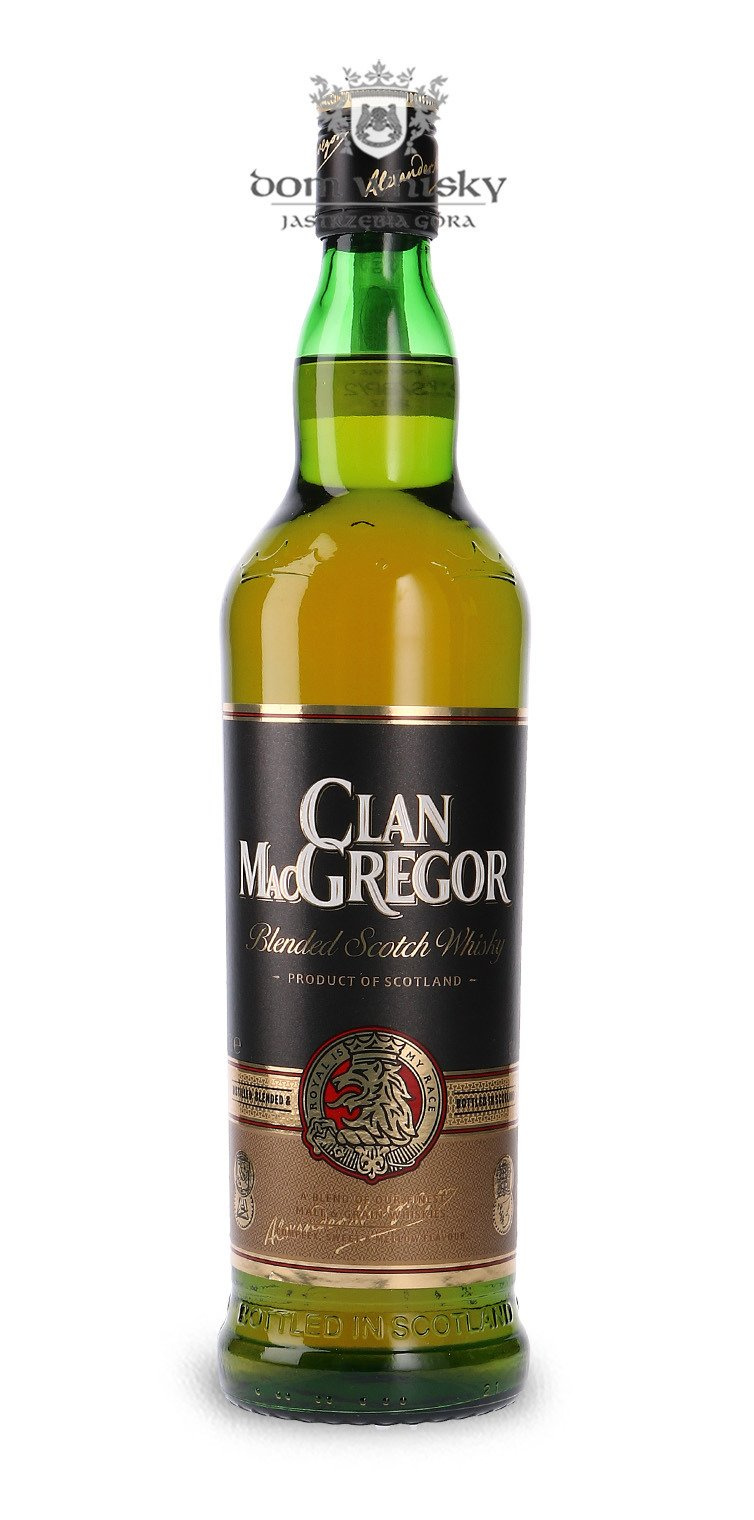MacGregor DNA Project
The MacGregor DNA Project is not an official ACGS activity, as such, but rather a tool any person may use to facilitate their personal genealogical research. It is one of many surname projects of the genetic genealogy company. Family TreeDNA, in Houston Texas – http://www.familytreedna.com
The MacGregor DNA Project exists to answer two questions:
Clan Macgregor Septs
Lanrick Castle was purchased by John Murray MacGregor, 18th Chief of Clan Gregor in 1776 and was to become the new clan seat until his son, Major-General Sir Evan MacGregor, 19th Chief of the Clan sold it in 1830. ( destroyed in 2002 all that remain are the entrances). The MacGregor Tartan, common like other tartans, to the whole clan has erroneously been styled ‘Rob Roy’ in the shops.” My belief is that thanks to Sir Walter Scott and his book Rob Roy, peoples’ romantic imagination got the better of them and the tartan industry spotted a marketing opportunity.
- Who are the MacGregors?
- Where did they come from?
Neither of these questions will be answered absolutely, nor immediately, since the science behind this is still young and results are still open to discussion. In addition, records are confused, widely scattered, not available or non-existent. However, we are all trying to find some answers. Hence, the MacGregor DNA Project.
Professor Richard McGregor heads up this project and also analyzes all the data. He has been Chairman of the Clan Gregor Society of Scotland (CGS) since 1995. In 2002 he initiated the MacGregor DNA Project which now has over 1,546 members (October 2018). Every year he publishes a blog in which he discusses what the results suggest and indicates where different individuals share close family relationships which allows people to share genealogies. Over many years he has built up a large genealogical database covering the whole of Scotland and frequently helps MacGregor kin all over the world identify their family roots. Check out his blogs: http://themacgregordnaproject.blogspot.com
Clan Macgregor Scotch
Richard is a musician by profession and currently works at the University of Cumbria, based at Lancaster in England where he oversees research and the work of PhD students.
But, for the very latest results as they arrive, go to: http://www.familytreedna.com/public/MacGregor/
the MacGregor Clan Tartan
Rob Roy MacGregor
Following the MacGregor massacre of more than 140 Colquhouns – and a party of schoolboys who came to watch - at the Battle of Glen Fruin in 1603, King James VI outlawed the MacGregor Clan. Under the Proscriptive Acts of Clan Gregor, which came into force on the 3rd of April 1603 the name MacGregor 'altogidder abolished' and bearing the MacGregor name was punishable by death.
MacGregor women were branded and their children were given to other families. MacGregors couldn't travel in groups of more than two and couldn't cut meat with a blade. The men were executed, the women were stripped bare, branded, and whipped through the streets, and women and children were sold into slavery for Britain's new colonies in North America. MacGregors were denied food, water and shelter. They were denied the Sacraments of Baptism, Holy Communion, marriage, and last rites. They were hunted with dogs like vermin. And MacGregor heads could be sold to the government to attain pardon for thievery and murder. It was a licence to kill - and for big rewards: £1,000 for the clan's most important members.

In the spring of 1604, Alasdair MacGregor of Glenstrae, Chief and Laird of MacGregor was hung with thirty of his warrior clansmen against the western end of St Giles Kirk.
The crown of St Giles on the Edinburgh skyline
Today, the Heart of Midlothian marks the spot where he died and the direct male line of the MacGregor chiefs was extinguished. This gave rise to what is now an old Highland custom, when you pass here you spit on it.

The Heart of Midlothian
the MacGregor Clan
Illustration by R.R. Maclan
The most famous MacGregor's life reads like a western. Such was his notoriety that he became a legend in his lifetime as a bandit, an outlaw, a rebel and loveable rogue, a friend to the poor and saviour of the clan name, a man whose exploits would restore some of the lost dignity. Born on the shores of Loch Katrine in 1671, some of the Rob Roy legend is true. And just when he was at his lowest point, fiction came to his rescue.
In 1723 Daniel Defoe, author of Moll Flanders and Robinson Crusoe, published a fictionalised account of Rob's life called Highland Rogue and Rob became a legend in his own lifetime. The book was so popular King George I pardoned Rob, just as he was about to be transported. And when Sir Walter Scott's Rob Roy was published in 1817 it sold 10,000 copies in a fortnight. In 1878 the football team Kirkintilloch Rob Roy was founded in Rob's memory.
Rob Roy MacGregor
From an 1820s engraving
Rob Roy's grave at Balquidder, where he is buried beside
his wife Helen and his sons Coll and Robin Oig
The story of the MacGregor Clan, their origins and history, the story of Grigor Roy and Marion Campbell, the Battle of Glen Fruin and the outlawing of the clan, their most famous member and the adventures of his sons after their father's death is told in the Galloglas DVD, MacGregor. Filmed on location to the highest standards the MacGregor Clan features unique stories that interweave romance, adventure, murder, bravery and betrayal, filmed across the seasons and set against stunning landscapes.